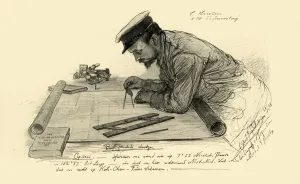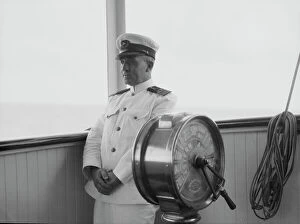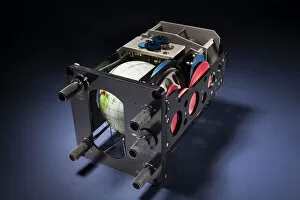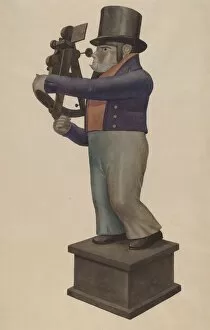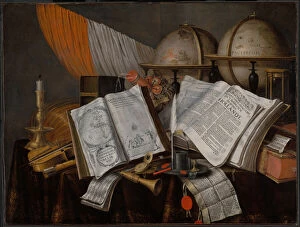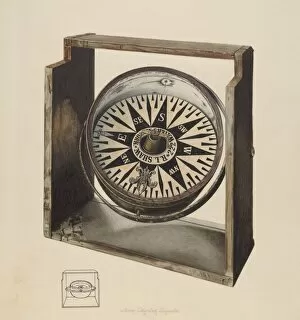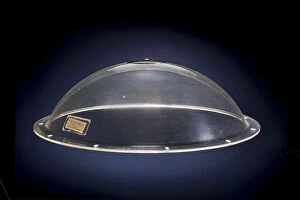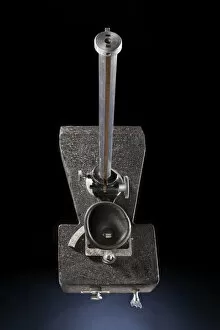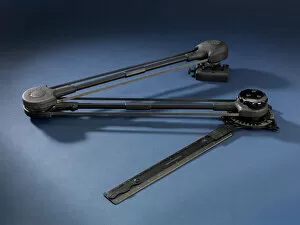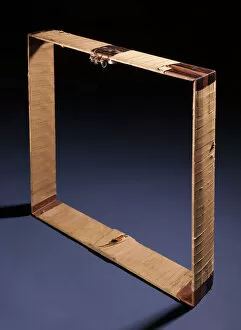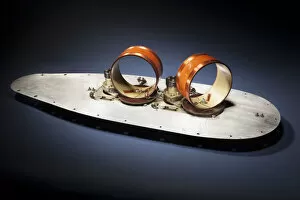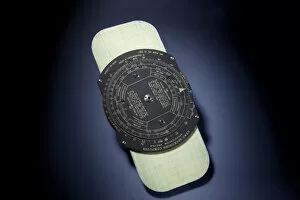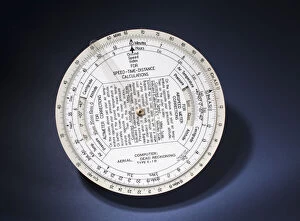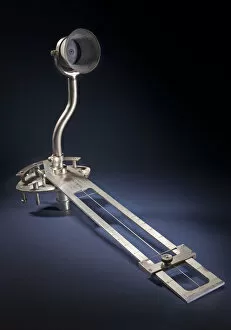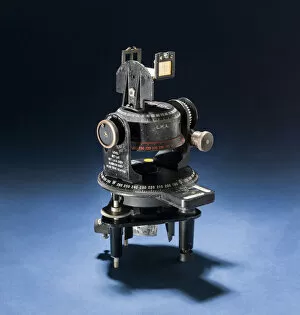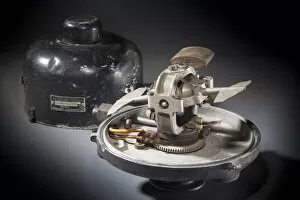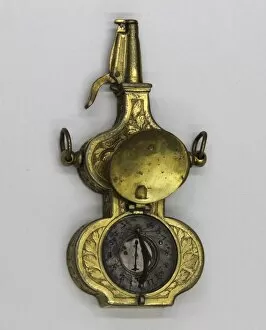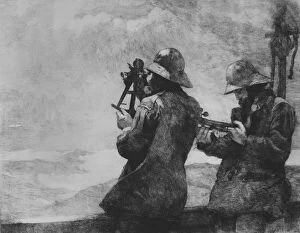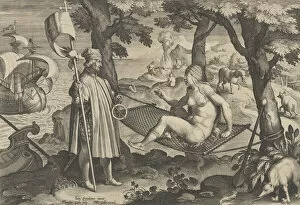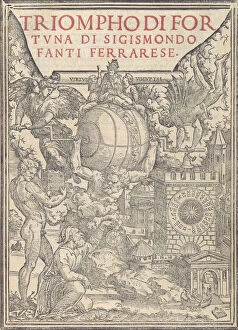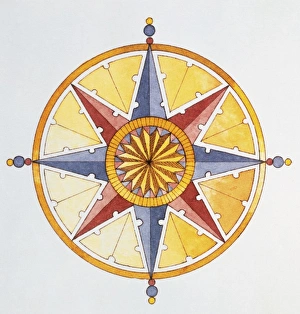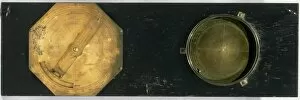Navigational Instrument Collection
"Navigational Instruments: Guiding the Way Through Time" In the vast expanse of history
All Professionally Made to Order for Quick Shipping
"Navigational Instruments: Guiding the Way Through Time" In the vast expanse of history, navigational instruments have played a crucial role in guiding explorers and sailors across uncharted waters. From the early days of seafaring to modern aviation, these remarkable creations have paved the way for safe and efficient journeys. One such instrument that stands out is the Earth Path Indicator, Mercury 4, created by Honeywell in 1961. This groundbreaking device revolutionized aircraft navigation, providing pilots with accurate information about their position relative to Earth's surface. However, long before this technological marvel came into existence, pioneers like A Hansen relied on simpler tools aboard ships like Knivsberg in 1898. As first officer on this vessel, Hansen skillfully utilized traditional navigational instruments to navigate treacherous waters and chart new courses. The Navigator by Ingrid Selmer-Larsen is another noteworthy creation from 1935/1942. This instrument beautifully combines functionality with artistic design elements—a testament to human ingenuity even during times of turmoil. Amongst these incredible inventions lies Lloyd Charles Lemcke's Compass from 1938—an elegant yet essential tool that has guided countless adventurers throughout history. Its magnetic needle pointing north has been an unwavering companion for those seeking direction amidst uncertainty. During Wiley Post's crash in the 1930s, E. S. Ritchie & Sons Inc developed an aperiodic compass which proved invaluable in aiding post-crash navigation efforts—showcasing how innovation can arise from adversity. Sperry Corporation's Directional Gyro Indicator was yet another milestone achievement—an invention that provided aviators with reliable directional information through its gyro-magnetic technology. Astrodome by Rohm & Hs allowed celestial navigation enthusiasts to gaze at stars while determining their position accurately—a marriage between science and artistry that transcended boundaries. Low Frequency Omni Range (LOR) Prototype Indicator brought forth a new era in radio navigation, enabling pilots to navigate with precision and efficiency.

